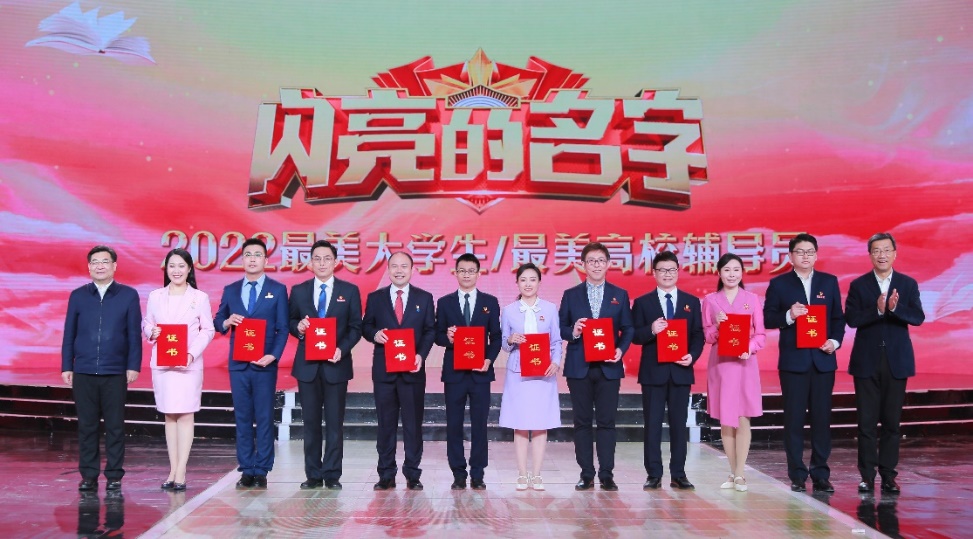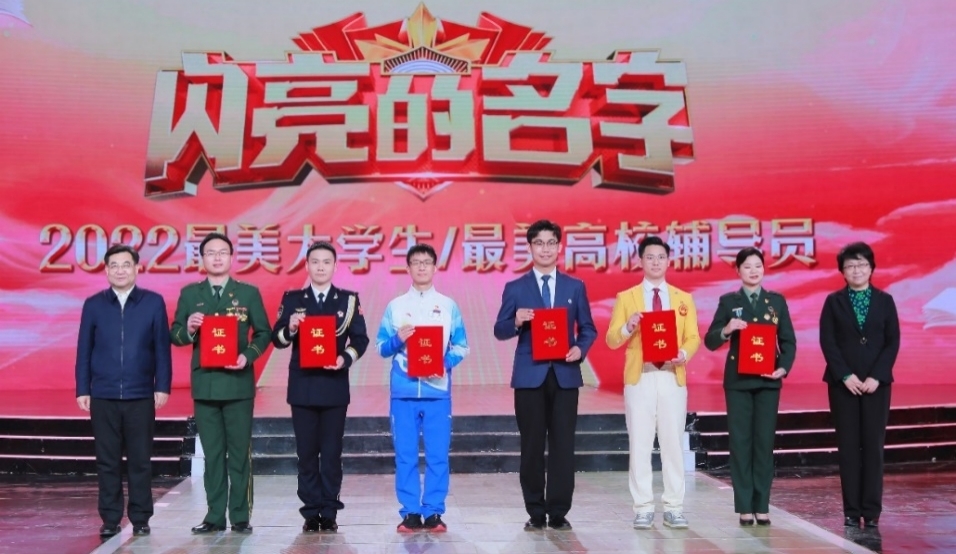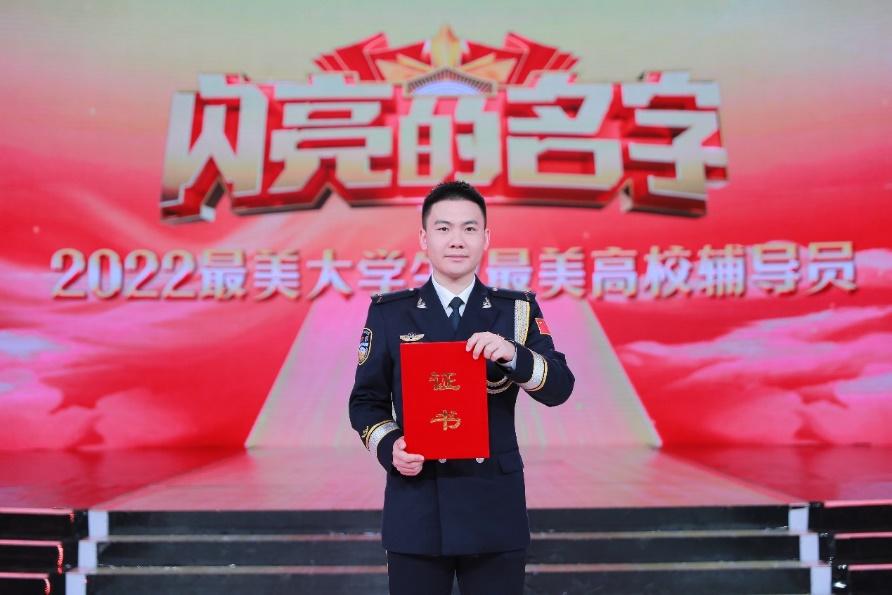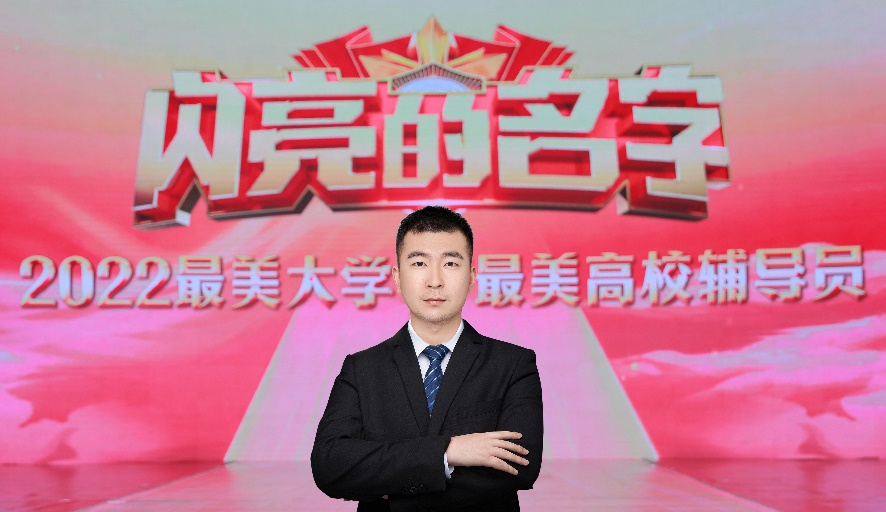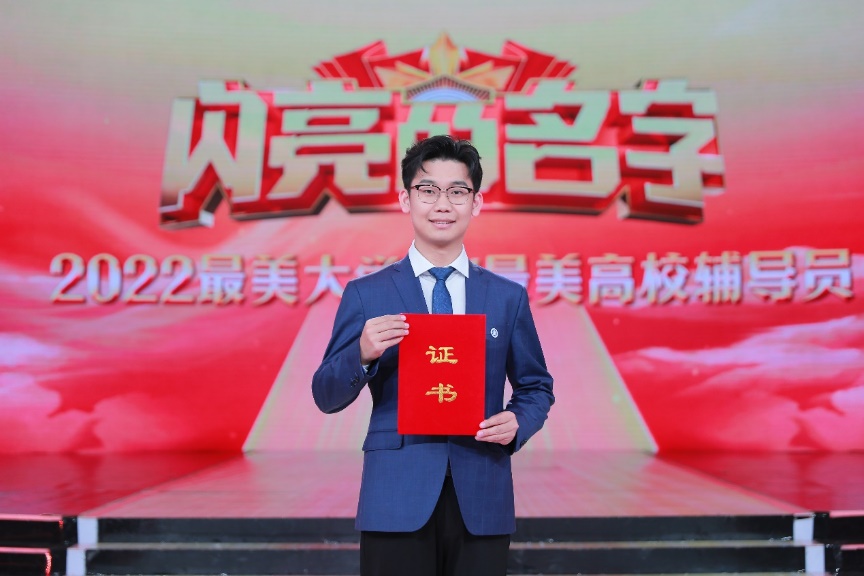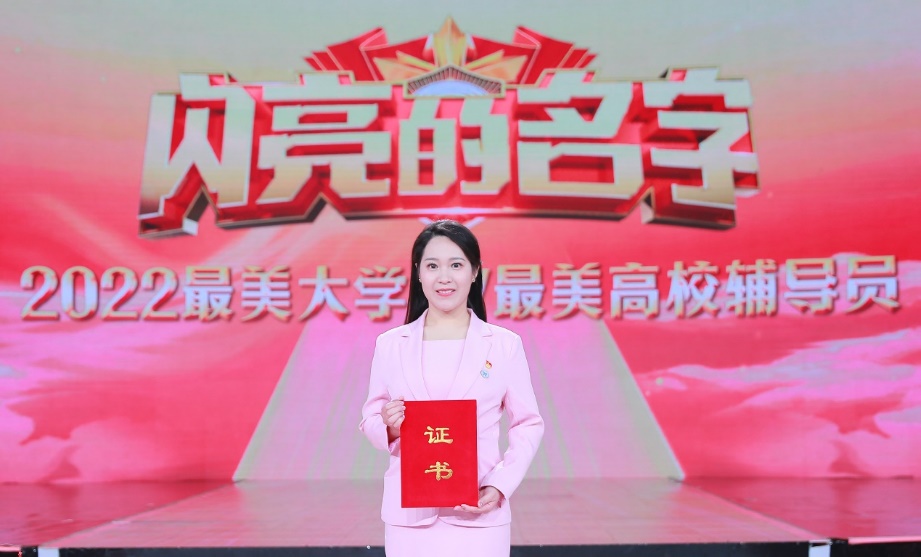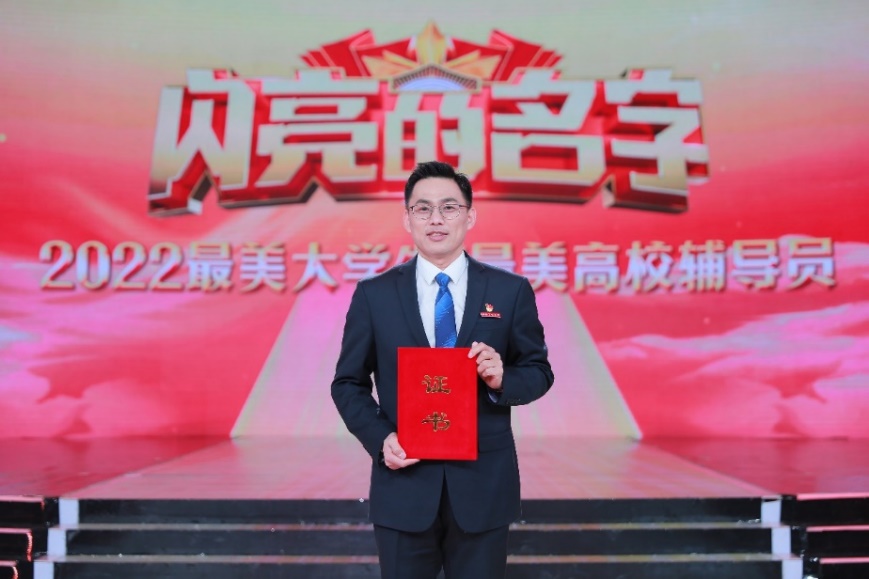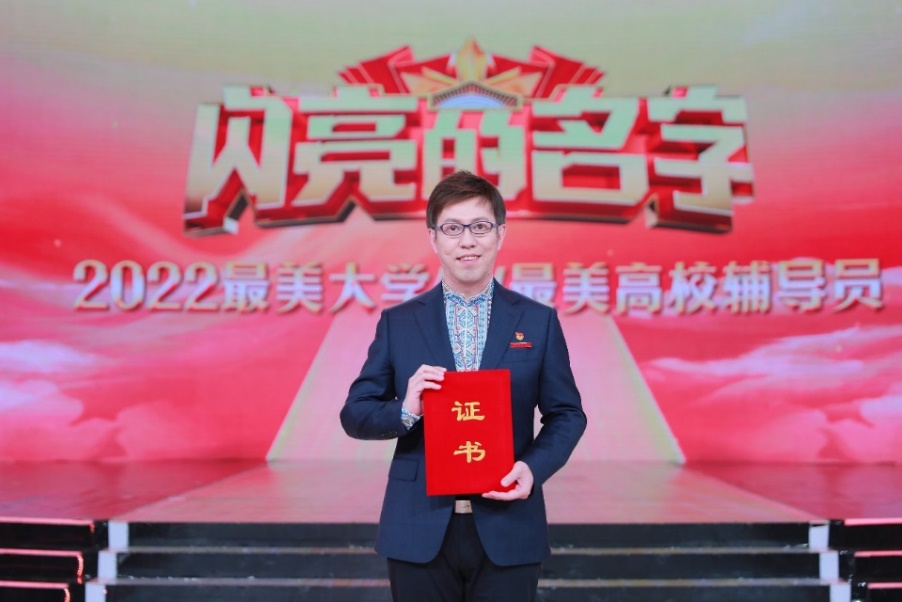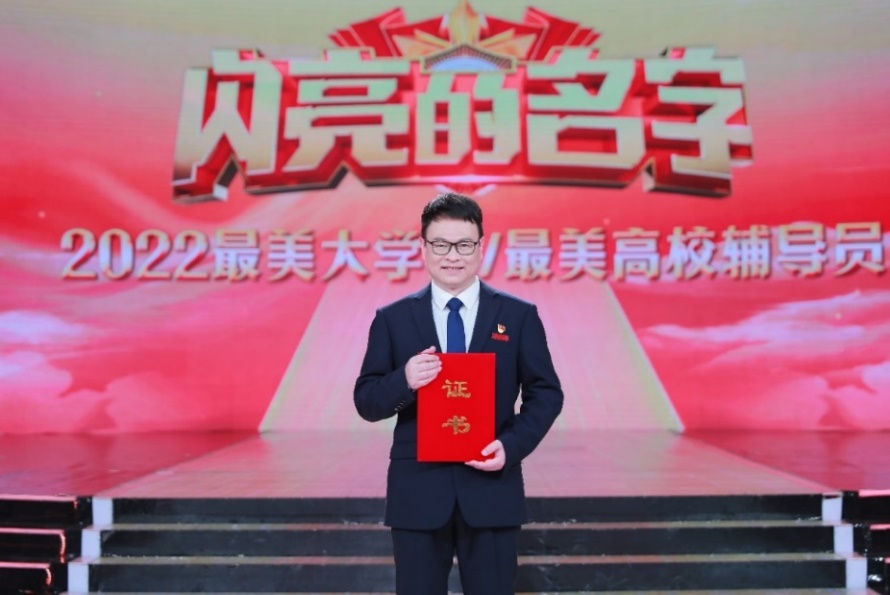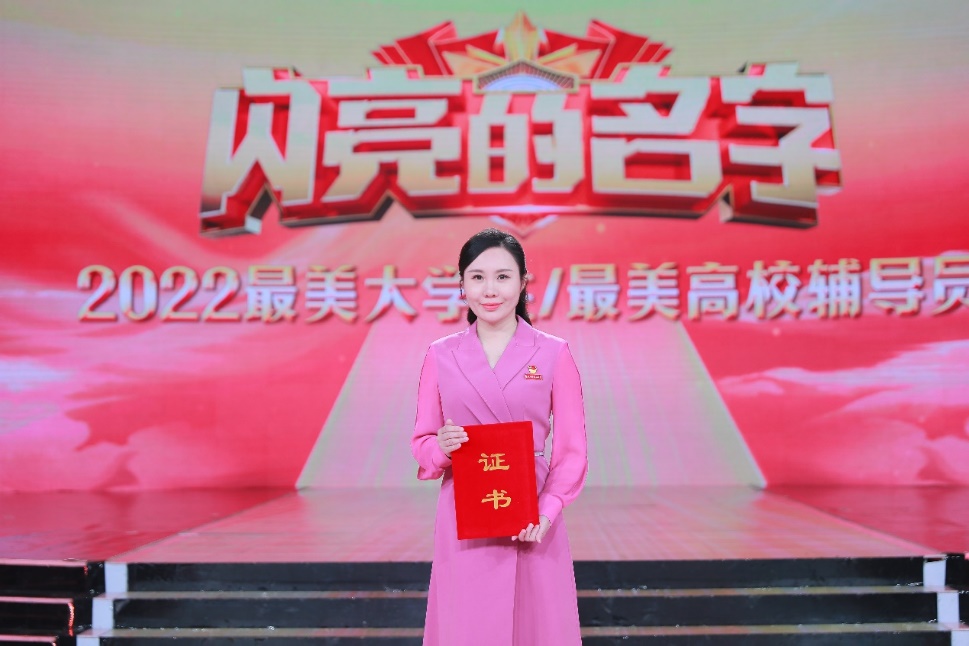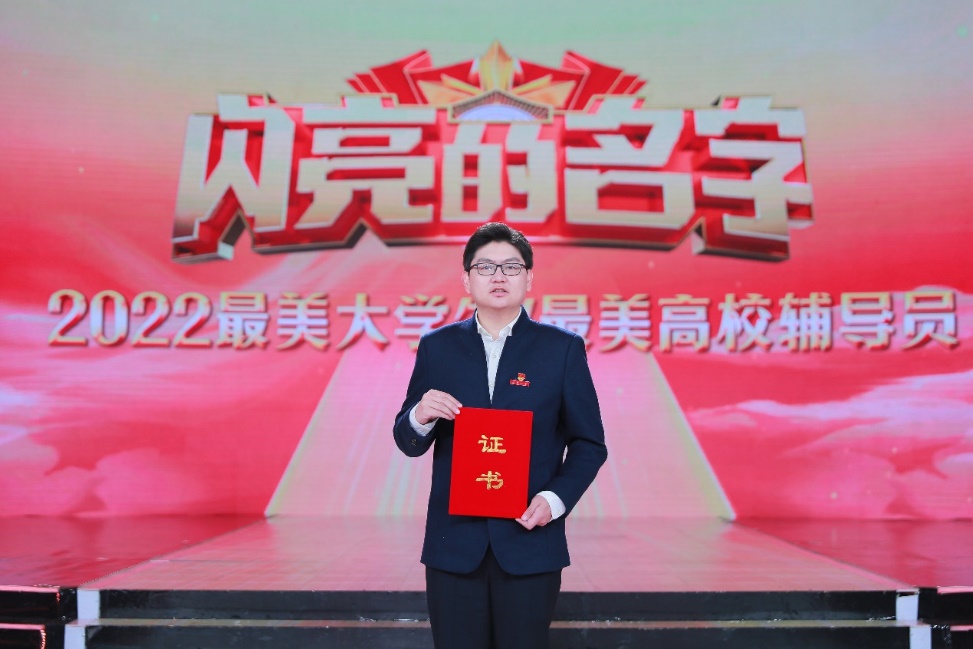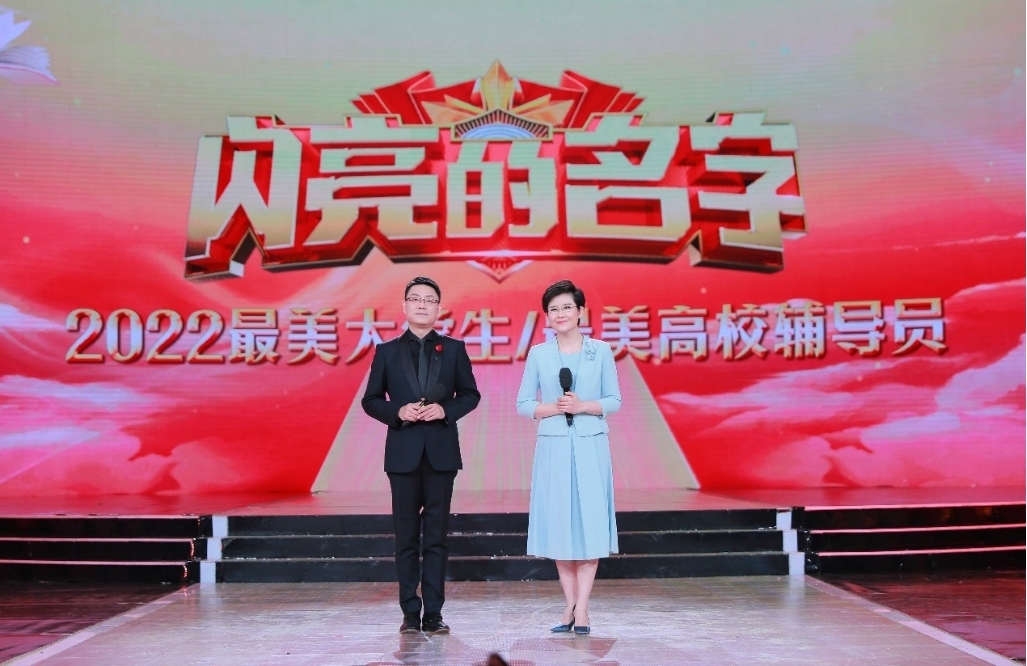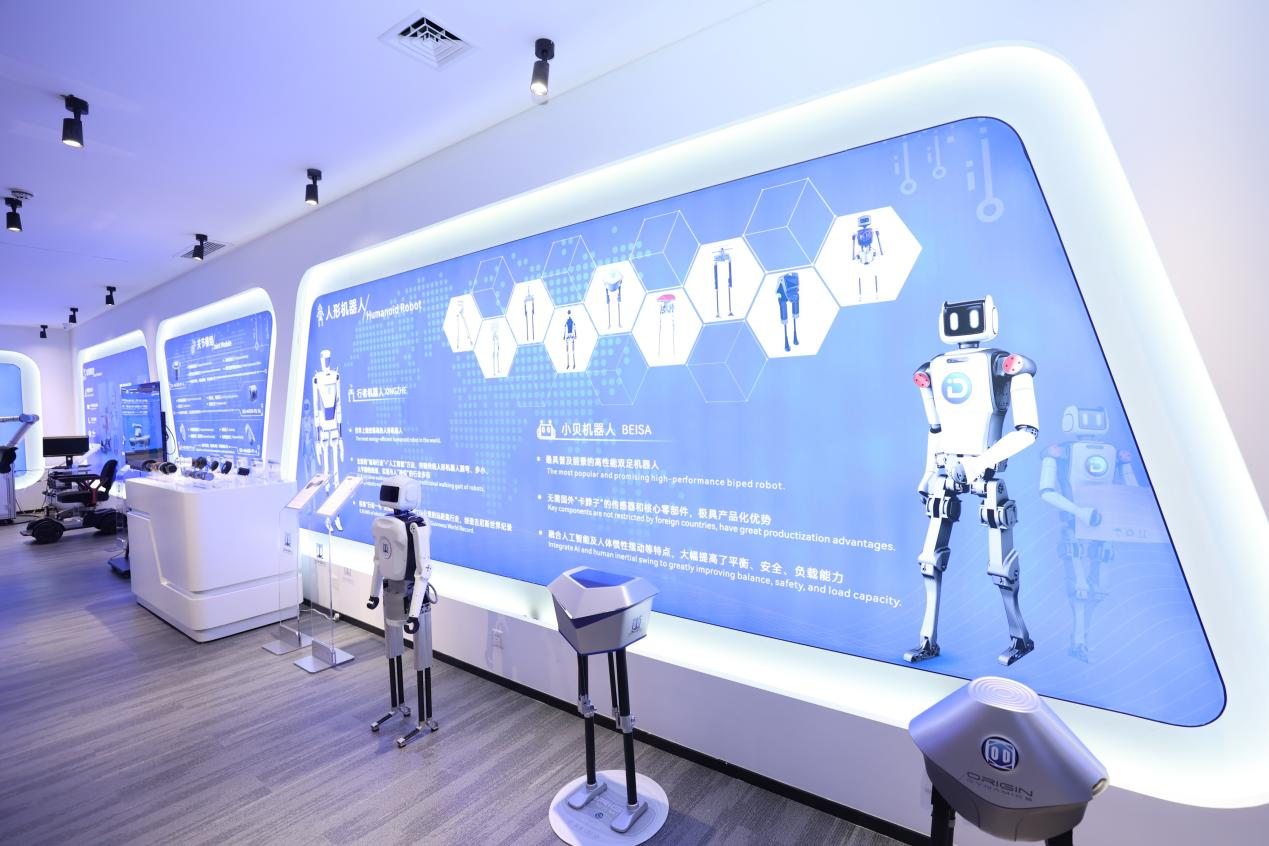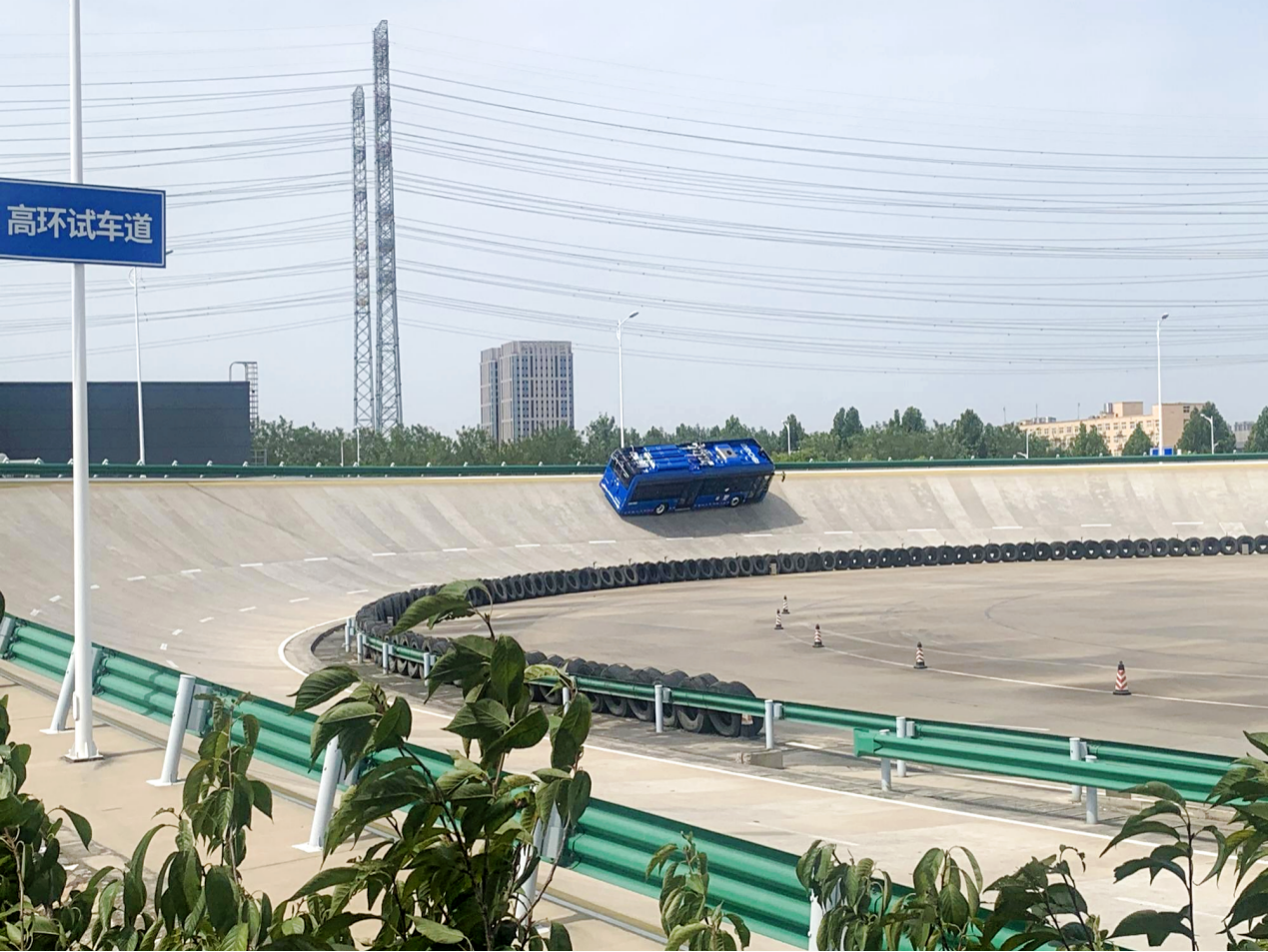() The Record Form of Investor Relations Activities was released on February 28th, and the company was investigated by 79 institutions on February 28th, 2023. The types of institutions are insurance companies, others, fund companies, overseas institutions, securities companies and sunshine private equity institutions.
The main contents of investor relations activities are introduced:
Dear investors and friends, today I mainly share three aspects:
The first aspect is the document "Overall Layout Planning of Digital China Construction" issued by the Central Committee of the Communist Party of China and the State Council yesterday. Let’s explain our concerns to you. The core of our understanding is the four numbers "2522". What is "2522"? The first "2" refers to consolidating the "two foundations" of digital infrastructure and data resource system. The second "5" refers to the deep integration of digital technology with the "five in one" of economic, political, cultural, social and ecological civilization construction.
The third "2" is to strengthen the "two capabilities" of digital technology innovation system and digital security barrier. The last "2" is to optimize the domestic and international "two environments" for digital development. So to sum up, the whole construction layout plan is interpreted according to "2522".
Digital infrastructure has been talked about for many years. Frankly speaking, with the rapid development of hardware technology today, the infrastructure construction in China’s e-government construction is not the most serious bottleneck, and even some parts have technical redundancy.
As for the corresponding data resource system, we think there may be more problems. Last year, the transaction in the data element market mentioned in the Guide to the Construction of National Integrated Government Big Data System issued by the General Office of the State Council also has a great relationship with the construction of the data resource system. Ali, Tencent, Didi, Meituan and other fully market-oriented companies with the background of the Internet have made full and effective use of data to generate a lot of economic value. For government departments that also have a large amount of data, there is still a very large development space to realize the production, operation and transaction of data resources, which is also our great concern.
Secondly, digital technology is deeply integrated with economic, political, cultural, social and ecological civilization. We believe that it is the largest part of the whole digital China construction in the future development. As for how to deeply integrate digital and economy, digital and governance, digital government has accumulated enough experience for many years, and we think there is still a very large market space in this part.
In terms of two major capabilities, in the past five years, many application systems of Digital Politics have completed the adaptation and application with domestic databases, domestic operating systems, domestic middleware and domestic security software. At present, more than 30% of projects have completed domestic substitution, but the operating efficiency based on domestic platforms varies, and there is still room for improvement in the future.
The last part, the international and domestic environment, also has a certain relationship with us. Our country should make digital construction, and also take into account the development trend of the world. As far as the development trend of technology is concerned, ChatGPT, which is hot recently, and similar technologies or models in the future will continue to learn from the international community, so that domestic and international development can be coordinated.
Therefore, from my point of view, to understand and interpret the whole construction planning layout of digital China, I think the most important opportunities come from two aspects: one is the construction of data resource system, that is, the pricing and trading links of future data element assets, and the other is how to deeply integrate digital with economy and digital with governance. We think the market space of these two is the largest.
The second aspect is about the future development of the company itself. No matter how good the policy is, if you can’t make something yourself, it can only be a castle in the air. Many industries are telling stories, and our computer industry also hopes to cash the stories one by one like photovoltaic and new energy industries to generate real large-scale income and profits. Like all the companies in the city, we have also experienced the test of the epidemic in the past three years. This year, everyone rolled up their sleeves and prepared to recover the lost three years. So what are our opportunities for Zhengtong this year? First, on the basis of the customer base and technology accumulated by the company in the past 20 years, we will continue to grasp our product advantages and market competitiveness, and continue to do our key advantage projects bigger and better. This year, we will seize the opportunity and strive to develop in the fields of unified management of one network, urban brain and urban operation center mentioned in the planning and layout. Second, we explored with governments all over the country last year, and deeply integrated with the local economy with the digital model, which is also a new model and new exploration of digital economy construction. Last year, we also issued a number of announcements for related projects in succession, and this year we will continue to make this matter bigger. In 2021, the company signed a large-scale project with a gross profit of more than 10 million yuan, but we have doubled the growth last year. This year, we have the opportunity to double or even more, and we will resolutely seize the favorable market environment to continue to expand large-scale high-quality projects. Third, for Zhengtong, our other related businesses, such as the construction of urban underground pipelines in new infrastructure,We also have a very good market competitive advantage in this respect. Zhengtong should seize the favorable opportunity this year to strive for more projects to be implemented in the whole country. The scale of these projects is generally larger than our pure software projects, which can bring rapid income increase to the company and have a very important impact on the company’s profits. In addition, the company also has many arrangements and layouts in new businesses such as autonomous driving, deep integration of virtual reality technology and e-government scenes. We hope that we can not only take into account the needs of current customers, but also effectively distinguish ourselves from competitors in the industry, constantly strengthen and establish our competitive advantage, and let us stand out in the process of building e-government and digital China in China.
Thirdly, on the basis of the above, for Zhengtong, this year we will combine the national documents and policies to take our company’s performance to a new and higher level. After the epidemic ended, our sales front-line personnel immediately began to spread to all parts of the country to carry out their work. Judging from the market situation in the first two months, there are many opportunities this year. We are also seriously studying how to overcome some adverse effects, such as the financial constraints of local governments, the implementation of plans, and the requirements of new documents issued, in order to help our customers keep up with the situation as soon as possible and release relevant construction projects as soon as possible this year, so that the company can achieve better business performance this year. This is also our key concern this year.
For Digital Zhengtong, as a company that has been listed for more than ten years, the most important goal this year is to continue to achieve high-speed growth in performance. As a computer industry company, we hope to become a target that investors can value according to the value investment system and deserve to hold for a long time.
Question and answer session
Q: One item in the overall layout plan involves the assessment of local governments. Considering the practical problems involved in the business development of the whole digital government, what is the difference between this document and the previous documents?
A: In the past 20 years, I have only three impressions of things that have been said in the central documents to be included in the assessment of leading cadres. For the first time, GDP was included in the KPI assessment, which promoted the golden decade of real estate. The second time, people’s happiness index was included in KPI, which was mainly reflected in food safety and Lucid waters and lush mountains are invaluable assets, so related industries such as new energy, environmental protection and consumer goods also developed. This time, the number China is included in KPI, which is of course a great benefit to our whole industry. Two things that all localities are most concerned about, one is the scope of assessment, and the other is the supporting funds from the National Development and Reform Commission and the Ministry of Finance to governments at all levels. This is very beneficial to the development of the whole industry, because it means that local governments at all levels should incorporate relevant system construction into the important work content of the desk in their future work. There is no doubt that for Zhengtong, it is a shot in the arm, which will help us to better carry out project cooperation with customers.
Q: Can you tell us something about the company’s business in the unified management of one network according to the current situation?
A: China has been building e-government for 30 or 40 years. Today, under the circumstance of numerous e-government systems, our country has put forward a new layout plan, mainly to build a city-based integrated e-government platform. We can call it a platform system for comprehensive urban management or a comprehensive digital base, and now the main component or gripper is the platform of unified management of one network mentioned in the past two years. Governments at all levels should integrate the original, isolated and decentralized powers so that they can better meet the new governance needs. Integration and integration must be the general trend.
The one-network unified management solution provided by digital government communication is a brand-new generation of e-government system that best meets or meets the needs of all localities. At present, many departments, such as urban management, municipal administration, sanitation, public security, transportation, food and drug supervision and grass-roots law enforcement, can be brought into a unified management system, so as to realize the gradual integration of an urban e-government system.
Just now, I also mentioned the integration of data elements. If there is no unified management of one network, it is difficult to have data elements without linkage of data of various departments. Traditionally, every government department has its own set of data system, and many data are conflicting and contradictory. The necessary condition for establishing an effective data element market with commercial value is to get through the data in different e-government systems through one network. Therefore, I want to emphasize that, first, relying on the unified management project of one network that is still being established and improved, according to the previous system construction situation in various places, we will continue to practice and explore to form a new system that is grounded in the same system and mechanism. Second, the application areas are different from provincial to municipal to county level. Now we are in a stage of establishing some demonstration systems according to their respective conditions, and then constantly increasing the content, so as to integrate a set of models that can be popularized and copied to the whole country.
The content and management process of one network unified management model are still in a stage of continuous development in the whole industry. Digital Zhengtong entered this field earlier with the help of our original grid advantages, and can jointly explore specific practices with industry giants including Huawei and Ali, and constantly improve the landing ability of products and solutions.
We believe that the market space of unified management of one network is very large, and it is also the trend and trend of development in various places, and it will become just needed in the future. Now there are also great opportunities in the industry. Zhengtong hopes to stand out in this field and become the strongest competitor in the market, just like doing digital urban management in the past. We are now in a favorable position, so how to seize the opportunity to make this business bigger and stronger in the next step is exactly what we should focus on.
Q: What is the current business development of SPAR platform?
A: Last year, we released the version 2.O of SPAR platform. The biggest upgrade based on the version 1.0 is to combine the digital twin technology with the urban information model platforms around the world more closely. That is to say, our SPAR 2.0 platform can be used as the basic platform of a city CIM platform, which is a great progress. After the platform was released last year, the response and demand from customers all over the world were very strong, and the company also seized the market opportunity and applied new products and technologies in new projects in time. It can be expected that this year we will have many new projects combining digital twins and urban CIM platform, which is actually one of the exhibitions of unified management of one network. When the SPAR platform was released last year, it also showed the technology of virtual reality AR glasses. This year, we hope to make a real landing scene. By using the array optical waveguide technology, the large screen of the command center is combined with the law enforcement site through AR glasses, and the remote complex information of the command center is directly projected to the administrative law enforcement site, thus realizing more efficient and richer law enforcement means. These are the real needs of customers and the inevitable trend of industrial technology development. Finally, thank you for your attention. The computer industry will never lack themes and concepts, but we hope that every label of Zhengtong will eventually become a large-scale income and profit. I hope everyone will look at the development of digital government communication from the perspective of value investment, and we are willing to share the achievements of the company’s development with you;
Beijing Digital Zhengtong Technology Co., Ltd. is an enterprise engaged in software research and development and sales. The company is mainly engaged in the development and sales of professional smart city application software, and provides technical support and follow-up services, providing e-government solutions integrating GIS, MIS and OA for government departments, and providing collaborative work platforms among government departments based on data sharing. The company is one of the few professional e-government solution providers focusing on digital city management and land and resources management in China, and occupies a considerable market share in the fields of digital city management and land and resources management.
Details of participating institutions are as follows:


